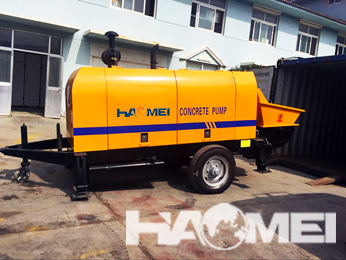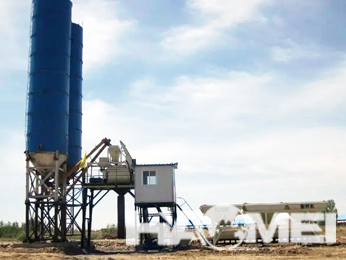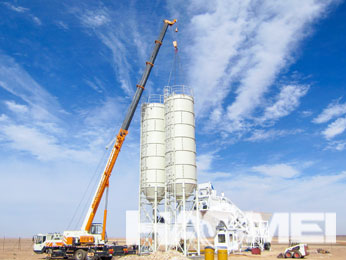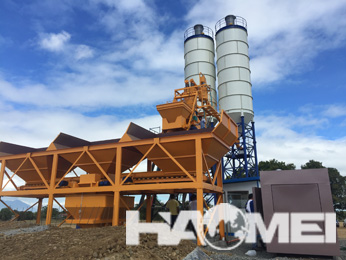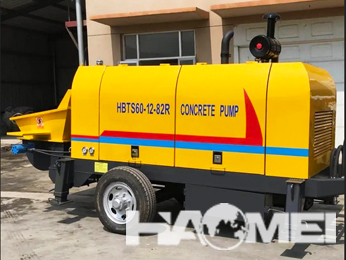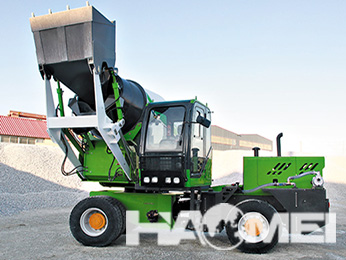
News
Hot Products
Concrete Mixing Plants Adapting to Green Building Standards
With the increasing global attention to sustainable development and environmental protection, green building standards have become an important trend in the construction industry. Against this backdrop, concrete mixing plants, as a critical link in the building materials supply chain, are gradually adapting to green building standards to achieve energy conservation, efficient resource utilization, and reduced environmental pollution.
What is "Green Building Standard"?
Green building standards are a comprehensive set of requirements covering the design, construction, and operation management of buildings. They aim to promote the construction industry toward energy efficiency, environmental protection, resource conservation, and healthy living environments. The standards focus not only on the environmental performance of buildings but also on resource conservation, environmental protection, and long-term sustainability.
In the production process adhering to green building standards, the key machinery used in concrete mixing plants includes the following:
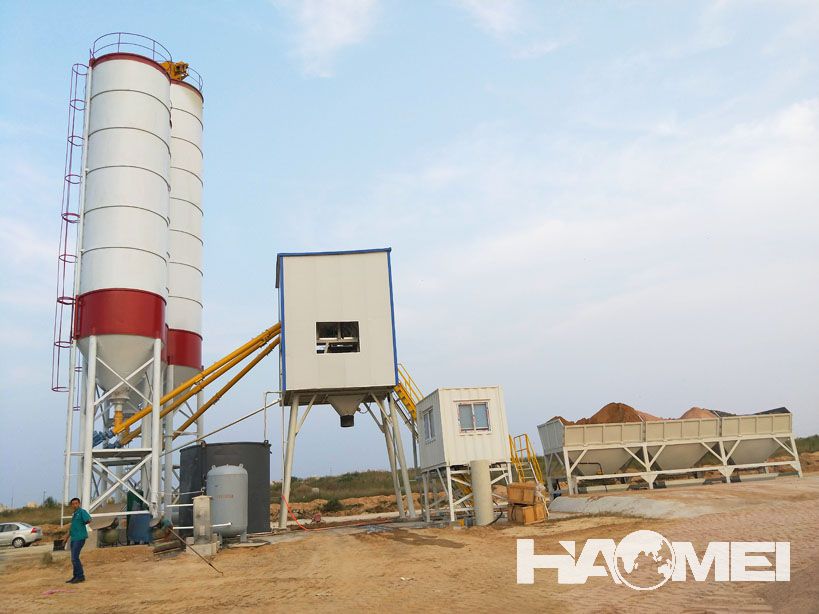
1. Core Mixing Equipment
Twin Shaft Concrete Mixer (Main Mixer): This is the fundamental equipment used in concrete production, where materials like cement, aggregates, sand, and water are mixed uniformly to form concrete. Depending on the project’s scale, a twin-shaft forced mixer or single-shaft forced mixer can be selected.
2. Material Conveying and Weighing Equipment
(1)Aggregate Weighing and Batching Machine: Used for precise weighing of various aggregates to ensure accurate concrete proportions. Depending on the needs, continuous or cumulative weighing methods can be chosen, along with different hopper configurations.
(2)Material Conveying System: Includes belt conveyors, bucket elevators, and screw conveyors, which efficiently and accurately transport aggregates, powders, and other raw materials to the mixer.
3. Auxiliary Equipment
(1)Transit Mixer: After mixing, this is used to transport the concrete quickly and conveniently from the mixing plant to the construction site.
(2)Concrete Pump: Used to pump concrete from the mixer or transit mixer through pipelines to the required building or structure, enhancing construction efficiency.
(3)Water Supply System: Includes pumps, pipes, and water tanks, which provide the appropriate amount of water to the mixer to ensure accurate concrete mixing.
4. Control System
Electrical Control System: The brain of the concrete mixing plant, used to control the entire plant’s operation, including the starting, stopping, and speed adjustments of the mixer, as well as the coordination and integration of material delivery and weighing processes.
Green Building Standards Requirements for Concrete Mixing Plants:
1.Energy Conservation and Emission Reduction: Use of high-efficiency equipment and optimized production processes to reduce energy consumption and CO2 emissions.
2.Water Resource Management: Implementation of efficient water recycling systems to treat and reuse wastewater, minimizing reliance on external water resources.
3.Waste Recycling and Reuse: Recycling production waste (such as excess cement and aggregates), reducing waste generation, and lowering environmental impact.
4.Low Noise and Low Emissions Technology: Use of low-noise equipment and control of particulate matter, nitrogen oxides, and other pollutants, in compliance with environmental protection requirements.
5.Use of Green Materials: Use of recycled aggregates and eco-friendly cement to reduce the consumption of natural resources and mitigate environmental impact.
HAOMEI Machinery specializes in producing concrete mixing plants and related equipment. Our products are exported worldwide, offering competitive prices and professional after-sales service. We welcome new and old customers to visit and inspect our facilities.

